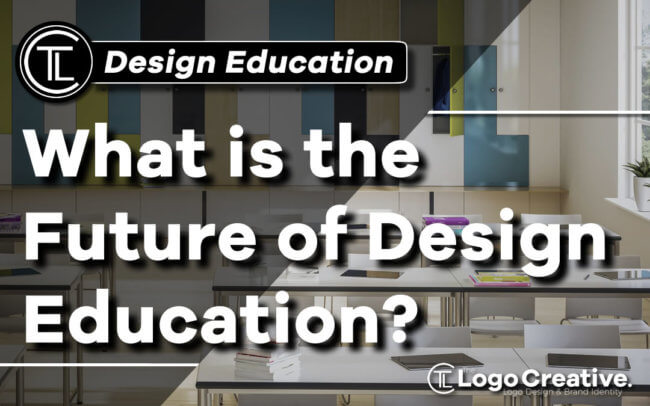Design education is, essentially, the tutorship on the theoretical aspects of design and its application in creating various environments, services, and products. In this article, we discuss What is the Future of Design Education?
The field of design education incorporates numerous disciplines, and some of them include:
- Concept design
- Landscape and architecture design
- Design of user interfaces
- Design of websites
- Graphic design
- Industrial and packaging design
- Interior design
Design education includes various competencies, attitudes, technical knowledge, and values that learners obtain in both secondary establishments and institutions of higher learning. In this article, we will analyze the past and future of design education.
A Brief History of Design Education

In the ’80s, the community of design educators struggled in search of seasoned designers who were well-trained to the extent of teaching others. As technology continued to change, design education also evolved. It is not to mention the radical shifts in culture since students can now easily buy essays online, and it’s something they could not do two or three decades ago.
Currently, there are narrower specializations, a more significant number of designers on the market, increased need for the experts in the design culture, and, indeed, innovative technologies. Educators and other professionals in the design field have to ponder what the future holds for this industry.
During the emergence of computing in the ’80s, design education was at crossroads with the developing technology. Many organizations required the services of engineers who had special training on the new and emergent design software. A majority of the senior business administrators and business owners could not teach design on the newest devices and, therefore, the education was left to junior workers who learned computing by themselves.
During these early stages, design education was impacted significantly by the various disciplines, such as communication design, product design, animation design, industrial design, etc. The educators in these disciplines had to decide what exactly should be covered in the curriculum and what should be removed from it. This question brought up many heated debates on what degree of the “traditional” design education should be present in the modern teaching system.
Similar to its early days, design education is still at the crossroads. There is even more rapid change in technologies currently. Nevertheless, evolution in design and design education needs to adjust to more than only the technological progress.
Considerable shifts in cultures, rapidly changing dynamics in governments, increasing demands from consumers for sustainable economy and equality in wages, in addition to a fresh perspective on ethicality, challenges the growth of design education and the points it needs to cover in the curriculum.
Reviewing the Design Education Curriculum

How can educators fit all these shifting dynamics into the syllabus of the design course while keeping sight of what is crucial nowadays?
Even though the integration of technology into the design education program still poses problems today, educators aim to combine the knowledge of the previous generations with the innovations in the field. The main goal is to incorporate technological advances and inventions into the design field as seamlessly as possible.
Nowadays, educators and employers in the design industry are more knowledgeable and acquainted with the possibilities of modern technology, and expect students to know everything and above. Therefore, educators struggle with maintaining the critical content in the design course and the essential hands-on experiences that students need to learn.
It is possible to accomplish these goals only if educators review the current critical design tools and the applications used in design projects in class. As technology continues to advance, cultures go through changes, and governments experience shifts, the design field becomes more intricate and sophisticated for some experiences, services, and products compared to how it was a few years ago.
This is enough reason to make educators begin to think of new ways of arranging the design process. Fortunately, today, with increased collaborative efforts between the education sector and the business world, it is easy for educators and employers to create a seamless transition for learners graduating from school and new entrants into the design profession.
The future of design education is bound to influence a variety of issues, ranging widely from technological advancements to business and the nature of humans, seeing as these processes use design to model their patterns and create new trends.
As the role of technology in our daily lives keeps growing, design education and design, in general, are also bound to play an integral role in the further development of all the industries. As such, designers need to take up their progressively convoluted role, caused by the changes in the field, in the product and service creation process.
The future of design education is closely connected to the evolution of the field. Designers should expect more shifts in market demands in the future, and educators in this field will continue to support the idea for authenticity in the creations of the students, as the designs inherently reflect who their creators are.
Useful Links & Great Deals


